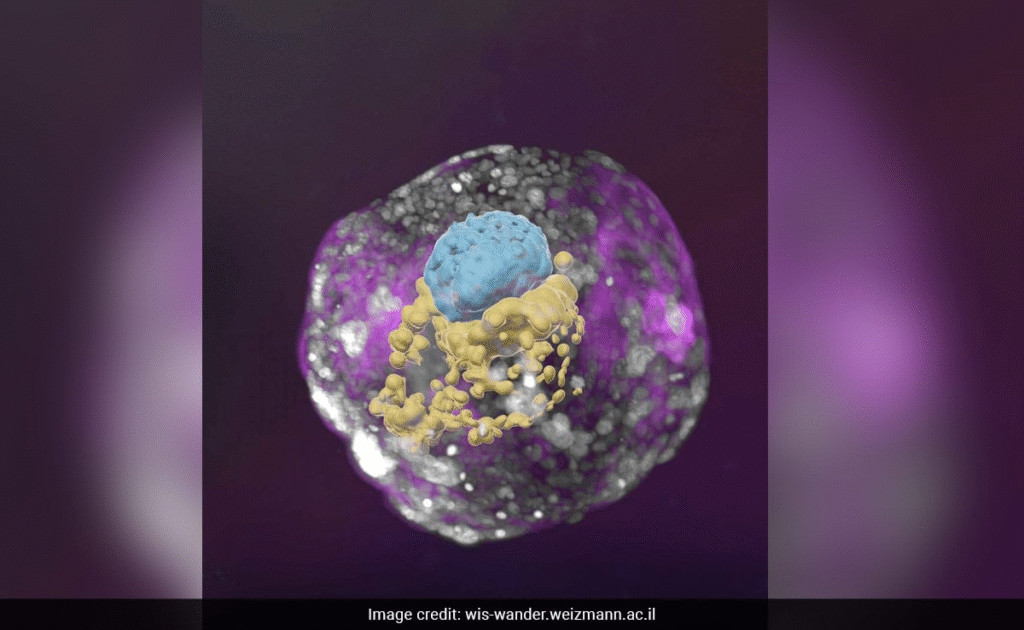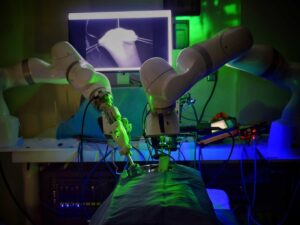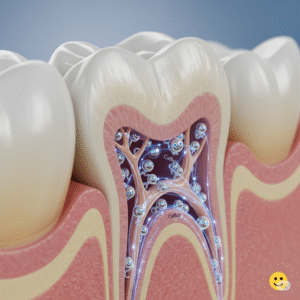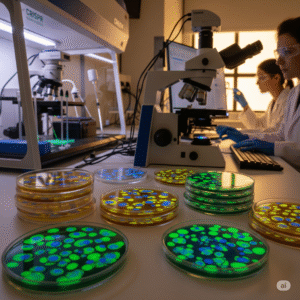In one of the most astonishing breakthroughs in modern biology, scientists have successfully created synthetic human embryos using stem cells — without the need for sperm, eggs, or a traditional fertilization process. The findings, presented in 2023 at the annual meeting of the International Society for Stem Cell Research, mark a turning point in developmental science and regenerative medicine.
While the research is still in its early stages, the implications are profound — from understanding early human development to potentially revolutionizing fertility treatments and organ regeneration. But the discovery also raises complex ethical and legal questions the scientific community is only beginning to grapple with.
What Are Synthetic Embryos?
Unlike naturally fertilized embryos, synthetic embryos — also known as embryo models or embryoids — are created from reprogrammed stem cells. These cells are coaxed into forming structures that mimic the earliest stages of human development, including primitive organs and tissue layers.
What makes this discovery unprecedented is that the embryos formed without genetic manipulation, sperm, or eggs — and yet developed structures similar to those seen in embryos 14 days after fertilization.
Source: Nature News, June 2023
Why This Matters for Science and Medicine
Researchers believe synthetic embryos could help answer fundamental questions about early human development, miscarriage, and congenital disorders — areas where access to natural embryos is limited by law and ethics.
Potential applications include:
- Studying birth defects: Understanding what causes developmental abnormalities
- Testing new drugs: Observing how medications affect early cell differentiation
- Fertility science: Learning why certain pregnancies fail early on
Some experts also envision a future where synthetic embryos could be used to generate specific tissues or organs for transplantation — although this remains a long-term prospect.
Where the Ethical Debate Begins
Despite the potential benefits, the creation of synthetic embryos has triggered a wave of ethical debate. Current laws in many countries regulate research on human embryos, but synthetic embryos exist in a legal gray area.
Key ethical questions include:
- Should synthetic embryos be given the same protections as natural ones?
- Is there a risk of these models developing into sentient life?
- Who decides how far this research should go?
Many scientists are calling for updated regulations that reflect advances in stem cell technology, while bioethicists urge caution and transparency as this field evolves.
What Happens Next?
So far, the synthetic embryos have only been developed in laboratory conditions and were not implanted in wombs. Researchers from the University of Cambridge and the California Institute of Technology, who led the study, say their goal is not reproduction but understanding development.
Nevertheless, as similar research continues around the world — in Israel, the UK, and the U.S. — the pressure is growing for international guidelines to address this new scientific frontier.
Conclusion
The creation of synthetic human embryos marks a stunning leap forward in science — one that could lead to life-changing breakthroughs in medicine and fertility. But it also challenges our definitions of life, reproduction, and human dignity.
As this technology advances, society will need to strike a delicate balance between innovation and ethics, ensuring that discovery doesn\’t outpace responsibility.




